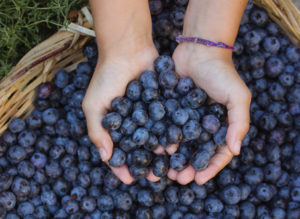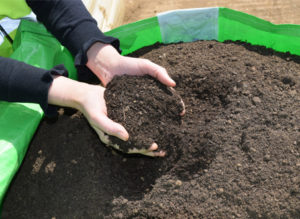 Yet how do you decide what to grow?
Yet how do you decide what to grow?
First of all, you should only grow the foods you like to eat! There is no point squandering your time and money on harvesting foods that are simply going to sit in your cupboards and rot. Yet it’s very important to research exactly what will thrive in your gardens conditions.
Peas, strawberries, cherries, broad beans, cucumbers, raspberries and many more will thrive through the summer months. The autumn is best suited to sweetcorn, apples, red cabbage and potatoes. Winter is the time that the Christmas ‘favourite’ Brussels sprouts comes into season; along with kale, carrots and leeks. Look to harvest spring cabbage, spring onions, cauliflower, rhubarb and asparagus as springtime beckons.
Don’t forget however that regardless of the time of year, without the care and the right balance of topsoil, your plants will not thrive as they should. They may be small, deficient in nutrients or they might not grow at all. Regardless – it simply isn’t worth the risk of time wasted through the attempted growth of foods that just aren’t what they should be. You should be seeking to grow your own foods so that you can improve the health of your family, and foods grown in nutrient poor topsoil simply won’t provide the same health benefits as those grown naturally in a nutrient rich environment.


 What is the quality of your topsoil like?
What is the quality of your topsoil like? Yet how do you decide what to grow?
Yet how do you decide what to grow?